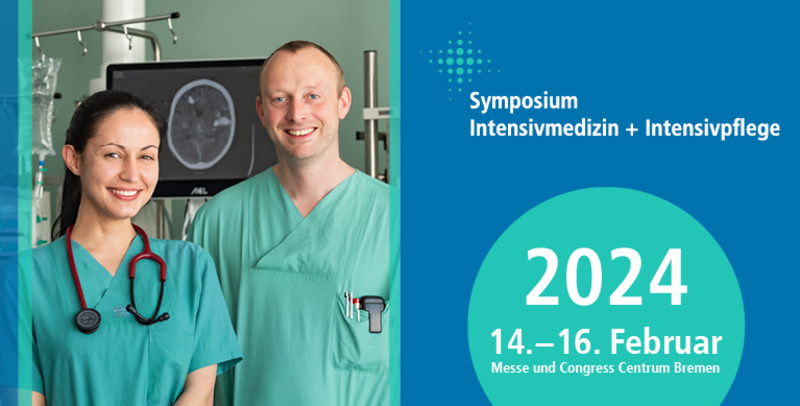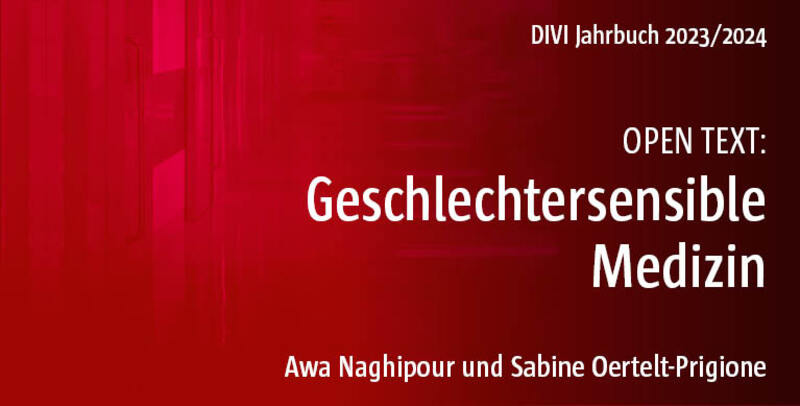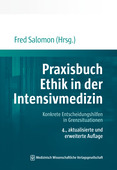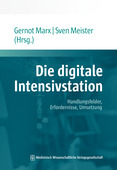Intensivmedizin ist durch die weltweite COVID-19-Pandemie wie nie zuvor ins Bewusstsein der Öffentlichkeit gerückt. Einerseits sind ihre hohe Leistungsfähigkeit und der p...

Patient Safety and Quality of Care in Intensive Care Medicine
Primum non nocere - First, do no harm
Aus dem Inhalt
Since diagnostic and therapeutic interventions have become more complex and their risk/benefit ratios more difficult to assess, the importance of safety and quality of care rises. Avoiding the infliction of harm on our patients has moved into the focus of clinical medicine. Patient safety is now viewed as a priority even by the Presidency of the European Union.
Physicians in intensive care medicine deal with the most fragile and dependent human beings, often struggling with multiple co-morbid diseases and physiological derangements at the limits of survival. These patients are often reliant on numerous invasive technologies for their survival. Moreover, the almost universal need for multiple pharmacological interventions – combinations of which have often never been rigorously tested before – places the critically ill patients at a very high risk of being harmed by the physician’s interventions.
More than 120 internationally known experts introduce their current knowledge of patient safety and quality of care in intensive care medicine in over 50 chapters covering the following fields:
- Safety in intensive care medicine
- Decision making
- Culture and behaviour
- Structure and processes
- Protocolised medicine
- First, do no harm
- Safety during technical support
- Training, teaching and education
- Risk management
- Ethical issues
- Future approaches
This book should be read by every manager who has responsibility for the acutely ill. It is an invaluable educational and reference tool for physicians and nurses in intensive care medicine and will help to improve the safety and overall care for critically ill patients.
Die Autoren / Herausgeber
with contributions from: LM Aitken, R Alvisi, R Amerling, PJD Andrews, A Artigas, D De Backer, N Badjatia, M Bauer, G Bertolini, A Biasi Cavalcanti, JF Bion, BW Böttiger, CSC Bouman, A Boumendil, FA Bozza, J Braithwaite, G Brattebø, FM Brunkhorst, DDG Bugano, M Capuzzo, M Cecconi, W Chaboyer, J Chen, E Coiera, K Colpaert, CR Cooke, JR Curtis, BH Cuthbertson, AL Cuvello Neto, KJ Deans, J Decruyenaere, J-M Dominguez-Roldan, Y Donchin, C Druml, G Dubreuil, R Endacott, A Esteban, R Ferrer, H Flaatten, J Fragata, F Frutos-Vivar, C Garcia-Alfaro, M Garrouste-Orgeas, TD Girard, ARJ Girbes, J Graf, D Grimaldi, ABJ Groeneveld, B Guidet, U Günther, N Harbord, DA Harrison, C Hartog, N Heming, F Hernandez-Hazañas, K Hillman, P Holder, MH Hooper, M Imhoff, U Janssens, JM Kahn, E Knobel, M Knobel, J Lipman, T Lisboa, Y Livne, S Lorent, M Makdisse, A Marques, GD Martich, ML Martinez, SA Mayer, DK Menon, PC Minneci, J-P Mira, X Monnet, RP Moreno, T Muders, C Natanson, A Navas, G Ntoumenopoulos, SA Nurmohamed, HM Oudemans-van Straaten, R Paterson, O Peñuelas, JG Pereira, C Pierrakos, LF Poli-de-Figueiredo, CE Pompilio, D Poole, A Pronovost, C Putensen, K Reinhart, J Rello, A Rhodes, Z Ricci, C Richard, F Rincon, JA Roberts, E Roeb, C Ronco, GD Rubenfeld, D Salgado, JIF Salluh, G Satkurunath, A Schneider, C Schwebel, E Silva, M Singer, EGM Smit, M Soares, L Soufir, A Tabah, J-L Teboul, P Teschendorf, N Theuerkauf, J-F Timsit, M Ulldemolins, A Valentin, JM Varghese, J-L Vincent, B Volpe, CS Waldmann, RR West, S West, JF Winchester, H Wrigge
Ärzte und Intensivpflegepersonal in Intensivmedizinischen Abteilungen der Anästhesie sowie operativer Fachdisziplinen; Chefärzte; Oberärzte innerhalb der Intensivmedizin
Intensivmedizin; Anästhesie; Qualitätssicherung; Beatmung; Management in der Intensivmedizin

 Health Care Management
Health Care Management
 zur Übersicht
zur Übersicht













